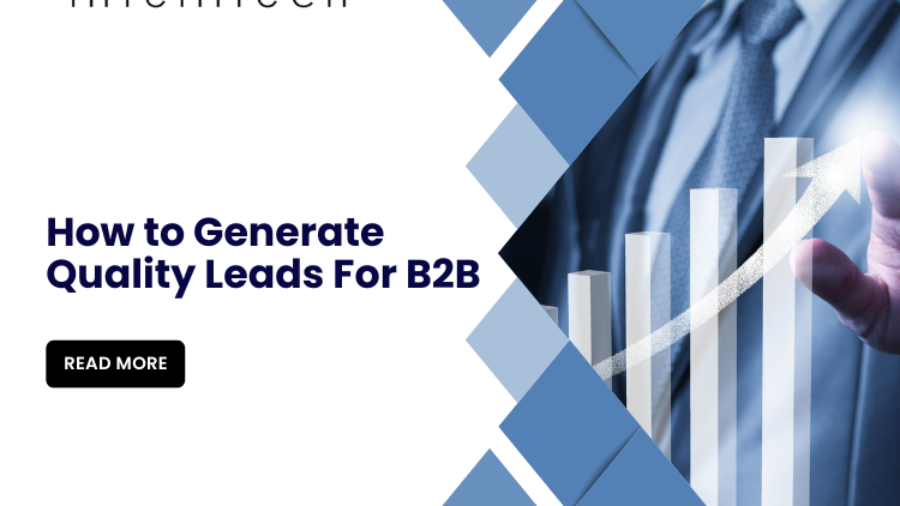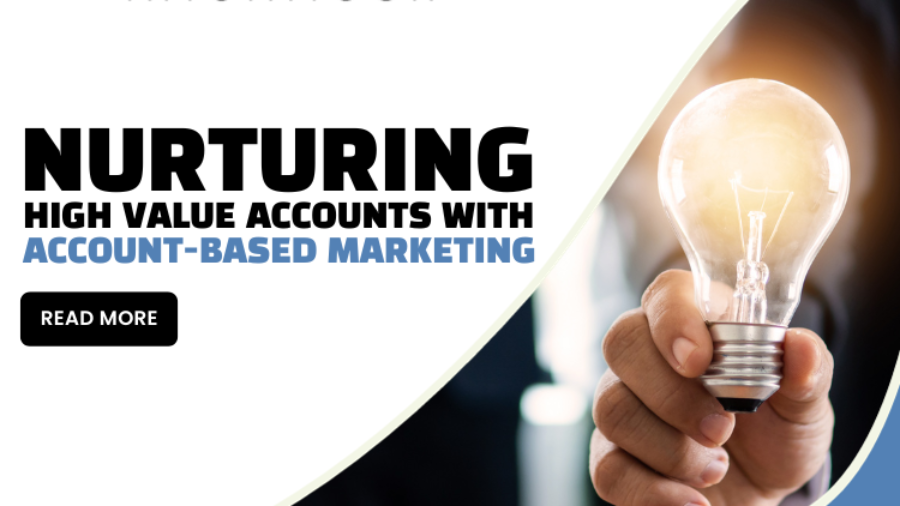In the competitive landscape of B2B marketing, generating high-quality leads that convert into customers is paramount. One effective framework for qualifying leads is BANT, which stands for Budget, Authority, Need, and Timeline. Utilizing this framework can significantly increase Return on Investment (ROI) in B2B demand generation efforts. In this blog post, we'll explore how to effectively leverage BANT leads to maximize ROI in your B2B marketing campaigns.
Data Collection and Segmentation
To effectively use the BANT framework, you need access to detailed information about your leads. This can be acquired through various means, including web forms, CRM systems, and lead scoring tools. Once you have this data, segment your leads based on their BANT qualifications.
Tailored Messaging
Once you've segmented your leads, craft messaging that speaks directly to their specific BANT qualifications. For example, if a lead has a high budget, focus on the premium features of your product. If they have a pressing need, highlight how your solution can alleviate their pain points.
Sales and Marketing Alignment
Effective communication between sales and marketing teams is essential. Ensure that the criteria for each BANT qualification are well-defined and understood by both teams. Regular meetings to discuss lead quality and progress can help refine the process.
Continuous Evaluation and Optimization
Regularly review the effectiveness of your BANT leads strategy. Analyze conversion rates, sales cycles, and customer feedback. Use this data to make adjustments and improvements to your lead qualification process.
Conclusion
Implementing the BANT framework in your B2B demand generation efforts can lead to significant improvements in ROI. By focusing on Budget, Authority, Need, and Timeline, you can target leads that are more likely to convert into paying customers. Remember that successful demand generation is a dynamic process that requires continuous evaluation and optimization. With a well-implemented BANT leads strategy, your B2B marketing efforts are poised for success.










